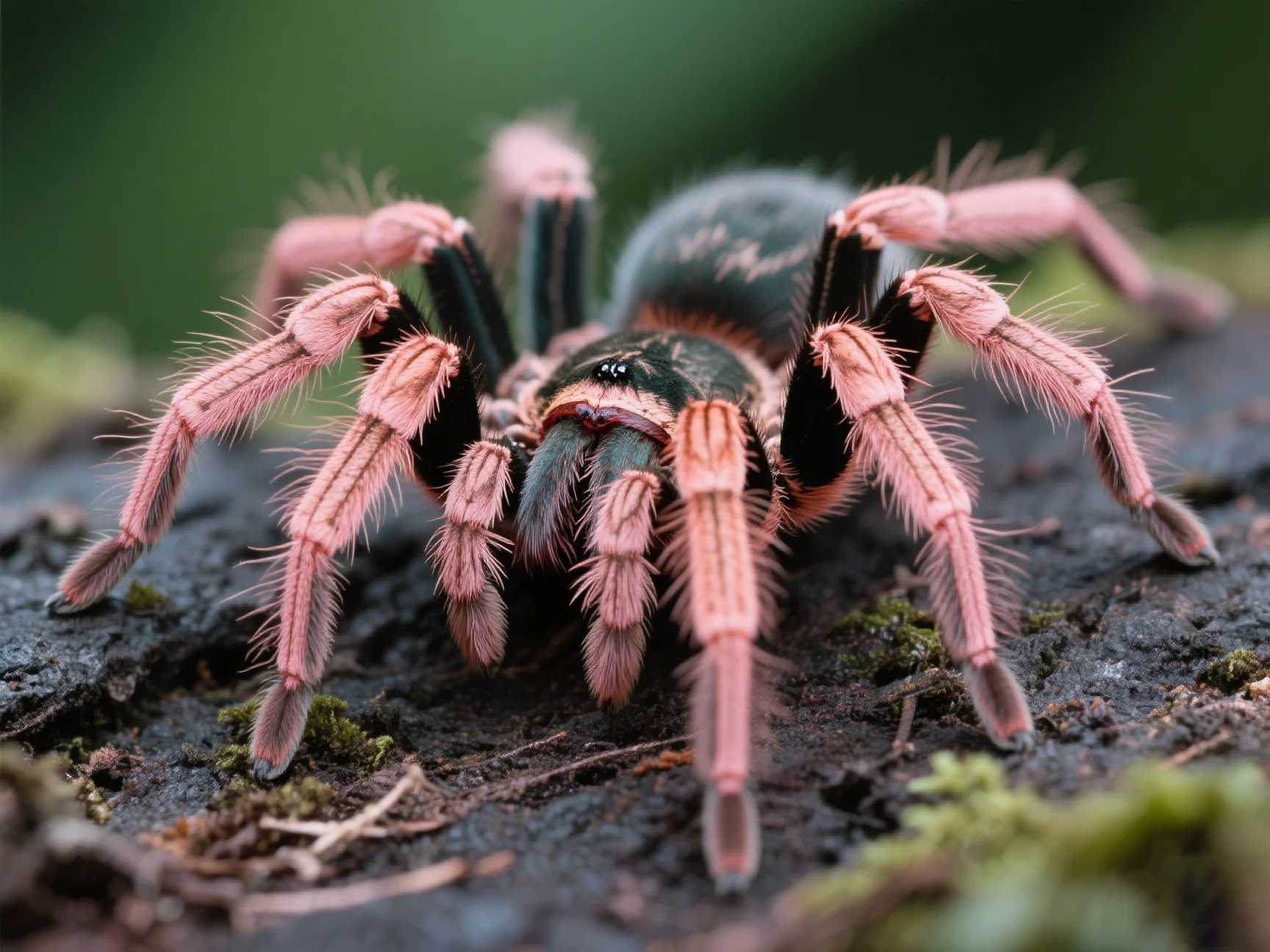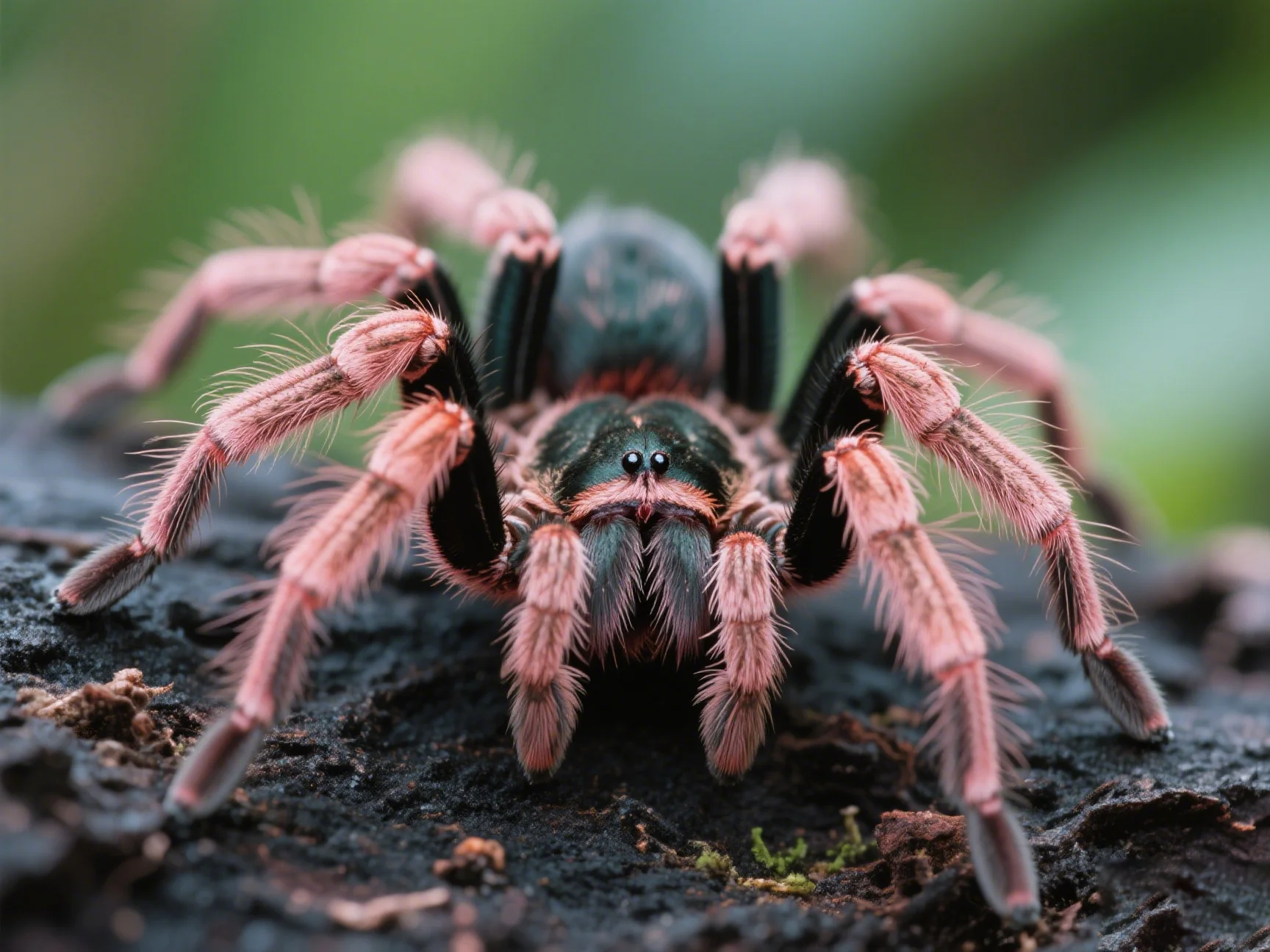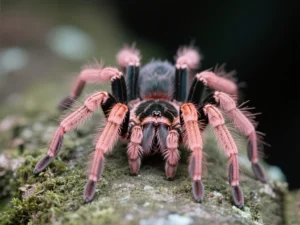body {
font-family: ‘Segoe UI’, Tahoma, Geneva, Verdana, sans-serif;
line-height: 1.6;
color: #333;
background-color: #f4f4f4;
margin: 0;
padding: 0;
}
.article-layout-container {
display: flex;
gap: 30px;
max-width: 1100px;
margin: 40px auto;
padding: 0 15px;
}
.article-content-main {
flex: 3;
min-width: 0;
}
.toc-sidebar {
flex: 1;
min-width: 200px;
height: fit-content;
position: sticky;
top: 20px;
background-color: #f8f9fa;
padding: 20px;
border-radius: 8px;
box-shadow: 0 2px 5px rgba(0,0,0,0.05);
}
.toc-sidebar h3 {
margin-top: 0;
margin-bottom: 15px;
font-size: 1.2em;
color: #34495e;
border-bottom: 1px solid #e0e0e0;
padding-bottom: 8px;
}
.toc-sidebar ul {
list-style: none;
padding: 0;
margin: 0;
}
.toc-sidebar li {
margin-bottom: 10px;
}
.toc-sidebar a {
text-decoration: none;
color: #2980b9;
font-size: 0.95em;
transition: color 0.2s ease;
}
.toc-sidebar a:hover,
.toc-sidebar a:focus {
color: #1a5276;
text-decoration: underline;
}
.article-container {
padding: 30px;
background-color: #fff;
border-radius: 8px;
box-shadow: 0 4px 8px rgba(0, 0, 0, 0.1);
}
.article-header img {
width: 100%;
max-height: 350px;
object-fit: cover;
border-radius: 8px 8px 0 0;
margin-bottom: 20px;
}
.article-container h1 {
font-size: 2.5em;
color: #2c3e50;
margin-bottom: 15px;
border-bottom: 2px solid #3498db;
padding-bottom: 10px;
}
.article-container .tag {
display: inline-block;
background-color: #3498db;
color: #fff;
padding: 5px 15px;
border-radius: 15px;
font-size: 0.9em;
margin-bottom: 20px;
text-transform: uppercase;
letter-spacing: 0.5px;
}
.article-container h2 {
font-size: 1.8em;
color: #2980b9;
margin-top: 30px;
margin-bottom: 15px;
scroll-margin-top: 80px; /* Adjust based on fixed header height if any */
}
.article-container h3 {
font-size: 1.4em;
color: #34495e;
margin-top: 25px;
margin-bottom: 10px;
}
.article-container p {
margin-bottom: 15px;
color: #555;
text-align: justify;
}
.article-container ul,
.article-container ol {
margin-left: 20px;
margin-bottom: 15px;
padding-left: 20px;
}
.article-container li {
margin-bottom: 8px;
}
.article-container strong {
color: #2c3e50;
font-weight: 600;
}
.important-note {
background-color: #e8f6fd;
border-left: 4px solid #3498db;
padding: 15px;
margin: 20px 0;
border-radius: 4px;
}
.important-note p {
margin-bottom: 0;
}
.warning-note {
background-color: #fef5e7;
border-left: 4px solid #e67e22;
padding: 15px;
margin: 20px 0;
border-radius: 4px;
}
.warning-note p {
margin-bottom: 0;
}
/* Responsive adjustments */
@media (max-width: 992px) {
.article-layout-container {
flex-direction: column;
}
.toc-sidebar {
position: static; /* Changed from sticky */
order: -1; /* Move ToC to the top on smaller screens */
margin-bottom: 30px;
width: auto; /* Allow it to take full width if needed */
min-width: unset;
}
}
@media (max-width: 768px) {
.article-layout-container {
margin: 20px auto;
padding: 0 10px;
}
.article-container {
padding: 20px;
}
.article-container h1 {
font-size: 2em;
}
.article-container h2 {
font-size: 1.5em;
}
.article-container h3 {
font-size: 1.2em;
}
}

Tarantula Development
How fast do Antilles pinktoe tarantulas grow?
The growth rate of Antilles pinktoe tarantulas (Caribena versicolor) is generally considered to be **medium-fast**, especially compared to some slower-growing terrestrial species like *Grammostola* or *Aphonopelma*. However, “fast” is relative in the tarantula world, and several factors influence how quickly an individual grows.
General Growth Rate
As spiderlings, *C. versicolor* tend to grow quite rapidly if provided with optimal conditions. You can expect noticeable size increases between molts during their first year or two.
- Spiderling Stage: Molts can occur relatively frequently, sometimes every month or two initially.
- Juvenile Stage: Growth slows slightly, with molts becoming less frequent, perhaps every few months.
- Adult Stage: Once mature, growth slows dramatically. Females will still molt occasionally (perhaps once a year or even less often), allowing for slight size increases or regeneration of lost limbs, while males cease molting altogether after their ultimate (mature) molt.
It typically takes **2-3 years** for a *Caribena versicolor* to reach adult size, though this can vary.

Factors Influencing Growth
The exact growth rate isn’t fixed and depends heavily on husbandry:
- Temperature: Higher (but safe) temperatures generally lead to faster metabolisms and thus faster growth. Keeping them within their ideal range of 75-82°F (24-28°C) promotes good growth.
- Feeding Frequency: More frequent feeding (within reason – see feeding guidelines) fuels faster growth, especially in spiderlings and juveniles. Power-feeding (excessive overfeeding) is generally discouraged as it may potentially shorten lifespan, though evidence is debated.
- Food Availability/Size: A consistent supply of appropriately sized prey items supports steady growth.
- Genetics: Individual genetic factors can also play a role in growth potential.
- Overall Health: A healthy, stress-free tarantula will generally grow better than one experiencing poor conditions or illness. Information on [tarantula training tips](https://www.lopehare.com/tarantula-training-tips/) might seem unrelated, but minimizing stress through careful interaction contributes to overall health and potentially better growth.
Molting and Growth Spurts
Tarantulas grow by shedding their exoskeletons (molting). The actual size increase happens immediately after the molt while the new exoskeleton is still soft and flexible. This is why ensuring proper humidity is crucial for successful molting and growth.
You’ll notice the most significant jumps in size right after a successful molt. The [Antilles pinktoe spiderling growth rate](https://www.lopehare.com/tarantula-pet-care/) is most apparent during these post-molt periods.
Patience is Required: Even with a “medium-fast” growth rate, raising a tarantula from a tiny spiderling to an impressive adult takes time and consistent care over several years.
Tracking Growth
Keepers often track growth by measuring the diagonal leg span (DLS) after a molt or by simply observing the visible size increase compared to enclosure furnishings. Recording molt dates can also give you an idea of the molting frequency and thus the growth pace under your specific conditions.
Overall, expect your *Caribena versicolor* to grow steadily, especially during its younger stages, provided its environmental and dietary needs are met. Enjoy watching the incredible transformation in both size and color as it develops!
Growth rate information based on common keeper observations and husbandry guides, such as those found on the American Arachnological Society resources section or hobbyist forums.
